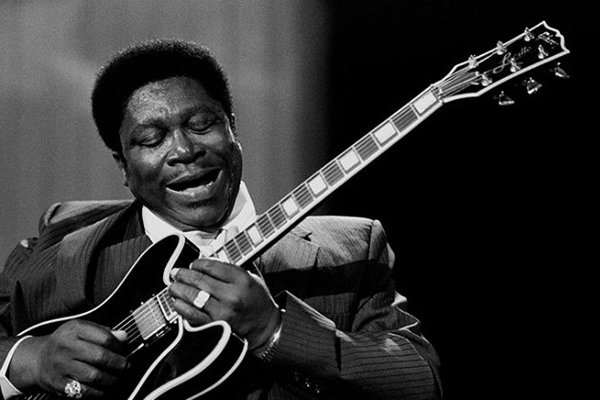502 Blues (Drinkin’ and Drivin’)
Wayne Shorter (tenor sax), Herbie Hancock (piano), Reggie Workman (bass) and Joe Chambers (drums). From the album Adam’s Apple (1967).
You could say that blues is to be sad or melancholic, but for African Americans it’s what you feel when you have a low salary and can’t pay for food or rent, when you suffer discrimination or have problems with your partner or with alcohol, that is, when you’re dealing with life. Musically speaking it’s a vocal and instrumental genre originated in the African American communities of the southern United States in the late 19th century. It developed from black spirituals, prayer and work songs, ritual dances and ballads. The top five blues guitarists of all time are: B.B. King, Muddy Waters, John Lee Hoker, Buddy Guy y Albert King.

The structure of the blues is characterized by the call and response pattern, the blues scale, twelve bars chords progressions, although they may have a different number of bars, and blue notes, which are thirds or fifths flattened in pitch. Blues is also distinguished by its particular lyrics, bass lines and instrumentation and is an integral part of jazz, rhythm and blues and rock and roll. In blues songs the singer expresses feelings instead of telling stories, and manifests emotions such as sadness or melancholy often due to love problems.

The rhythm section interprets a small introduction and then Shorter enters to expose the theme, which is a bit nostalgic at medium-slow tempo. Then he plays a melancholic and thoughtful solo with well measured phrases that he expresses in an exemplary way. Hancock follows him with an introverted discourse to which he later gives more speed and vitality. Afterwards, Shorter returns to play a brief somber passage and then re-expose the theme.
